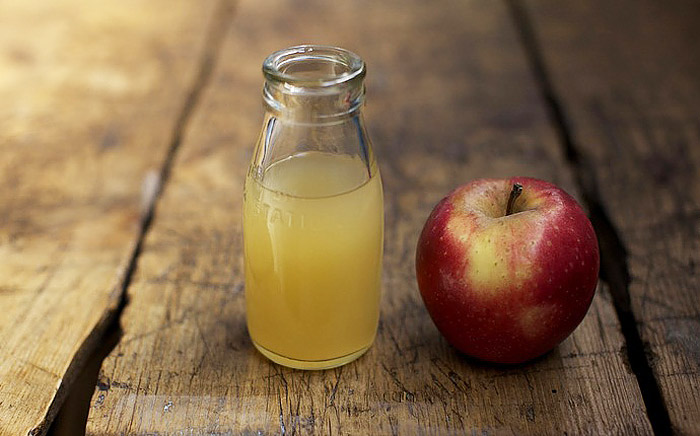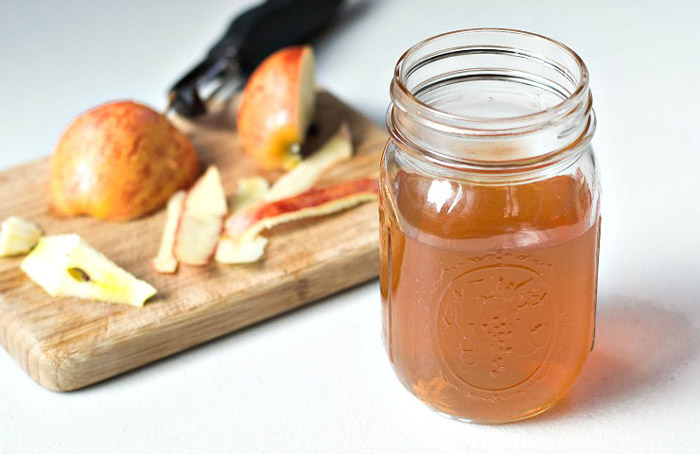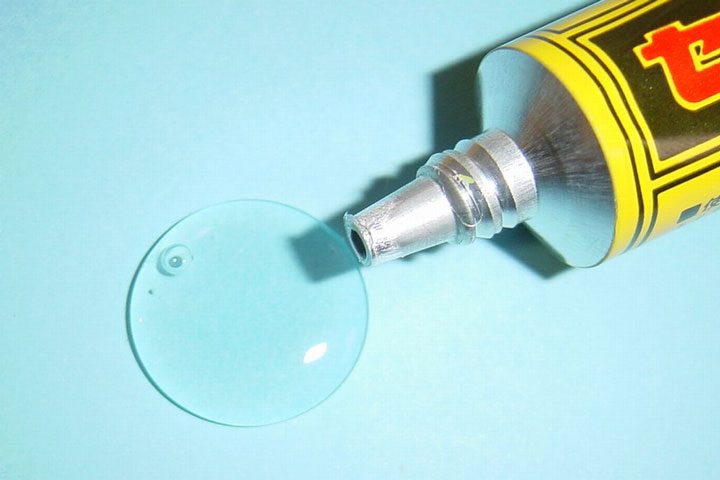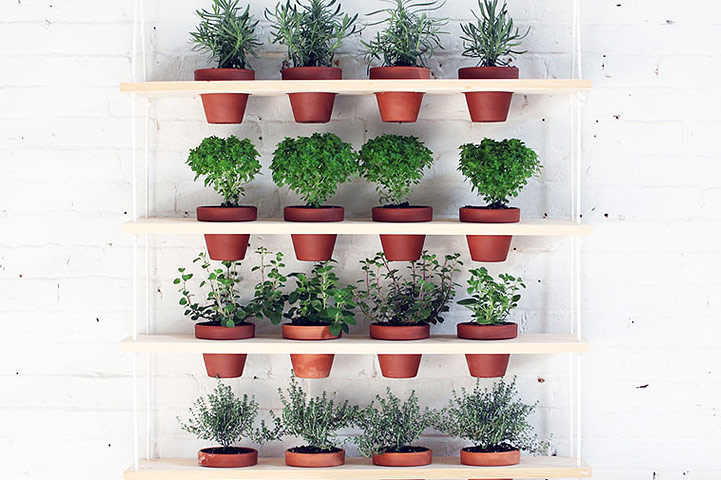
Raw, unpasteurized apple cider vinegar is considered by most health and natural living enthusiasts to be liquid gold! This versatile vinegar boasts a seemingly endless list of uses – from a digestive aid and blood sugar stabilizer to a balancing hair treatment and skin tonic.
For a truly healthy and all-natural product, why not make your own apple cider vinegar (ACV) at home? It takes a mere five minutes of preparation time and is a great way to cut down on kitchen waste.
Selecting Apples for your Vinegar
Where possible, use organic apples to make this tonic. That way, you’ll be sure they are free of pesticides, which may hinder the fermentation process and have a negative impact on your health.
Every time you make an apple pie or applesauce – or even eat an apple – keep the cores and peels in a tightly sealed container in your freezer. Make sure to thoroughly wash the apple peels with water first, and discard any bruised or bad portions. If you cannot find organic apples, discard the peels and just use the cores for your vinegar.

Once you have a big enough batch, you’ll be able to begin the fermentation process that results in delicious homemade apple cider vinegar. If you want to get started right away, then you don’t need to spend time collecting apple cores – apple cider vinegar can also be made from whole apples!
Using a mixture of apple varieties will give you the best tasting vinegar, although sweet tasting apples like Golden Delicious, Fuji and Gala should make up at least 50% of the mix.
The Importance of Cleaning Your Equipment
Using extremely clean or sterilized equipment is a must in the fermentation process. This ensures you don’t introduce any ‘bad’ bacteria to your apple cider vinegar, which will cause mold growth or impede the growth of beneficial bacteria.
Be sure to wash all containers and utensils you’re going to use with hot, soapy water. Rinse these in cool running water and dry with paper towels, or leave to air dry on clean paper towels. Running them through the dishwasher is also a good option.
Don’t forget to thoroughly scrub your hands and nails before beginning too.
‘The Mother’
Most of the apple cider vinegar found in supermarkets is clean and clear looking – thanks to the filtering and pasteurizing process.
Although this liquid looks good, it’s devoid of the beneficial bacteria and enzymes for which apple cider vinegar is so famous. Your DIY version should be murky and will contain strands or strings. These are known collectively as ‘the mother’ – and are composed of the proteins, bacteria and enzymes that are needed to bring all of ACV’s health benefits.

In addition to ‘the mother’, you may also notice white ‘fluffy’ scum floating on top of your vinegar. Again, this is normal – and can be gently scooped off when it appears.
However, any type of mold means your batch has been spoiled and must be discarded. By properly cleansing your equipment and keeping the apples submerged under water, you can prevent mold growth.
Apple Cider Vinegar Recipe:
You’ll need:
- Glass jar(s)
- Enough apple scraps to fill your jar(s) (if apples are frozen, allow to thaw first)
- Organic cane sugar
- Filtered water
- Dash of store-bought organic, raw, unpasteurized, unfiltered ACV (optional)
- Fermentation weight, small glass jar or plate
- Cheesecloth or coffee filter
- Elastic band
Directions:
- Fill the glass jar almost to the top with the apple scraps.
- Dissolve the cane sugar into the filtered water. The amount you require will vary depending on the size of your jars but should be mixed in the ratio of one tablespoon of sugar to one cup of water. If using the store bought apple cider vinegar, add a dash to the mixture. (Note: the vinegar is not essential, but it can help to speed up the culturing process.)
- Pour the sugar water over the apples until completely submerged. Use the weight or small clean jar or plate to weigh down the apples, ensuring that all of the fruit is completely submerged by the liquid.
- Cover the jar with a cheesecloth or coffee filter to keep the fruit flies at bay and store it at room temperature, but out of direct sunlight. A kitchen cabinet is the ideal location.
- Allow the mixture to rest for three to four weeks. Be aware that the fermentation process speeds up during summer, and slows down in colder months.
- Check your vinegar every few days to ensure the apples are submerged, and look for mold growth. When you notice a dark, cloudy substance in the jar (‘the mother’) you can strain the mixture, composting the apple pieces and reserving the liquid.
- Return the liquid to the jar, and cover with a lid. Again, leave it to ferment for two to four weeks, gently shaking the jar every other day. Taste the liquid regularly until it reaches an acidity you like.
- At this point, you can transfer it to a bottle and begin using it. Homemade apple cider vinegar can be stored at room temperature, but it will continue to ferment and become more acidic. To prevent this happening, store your bottles in the refrigerator.





Leave a Reply